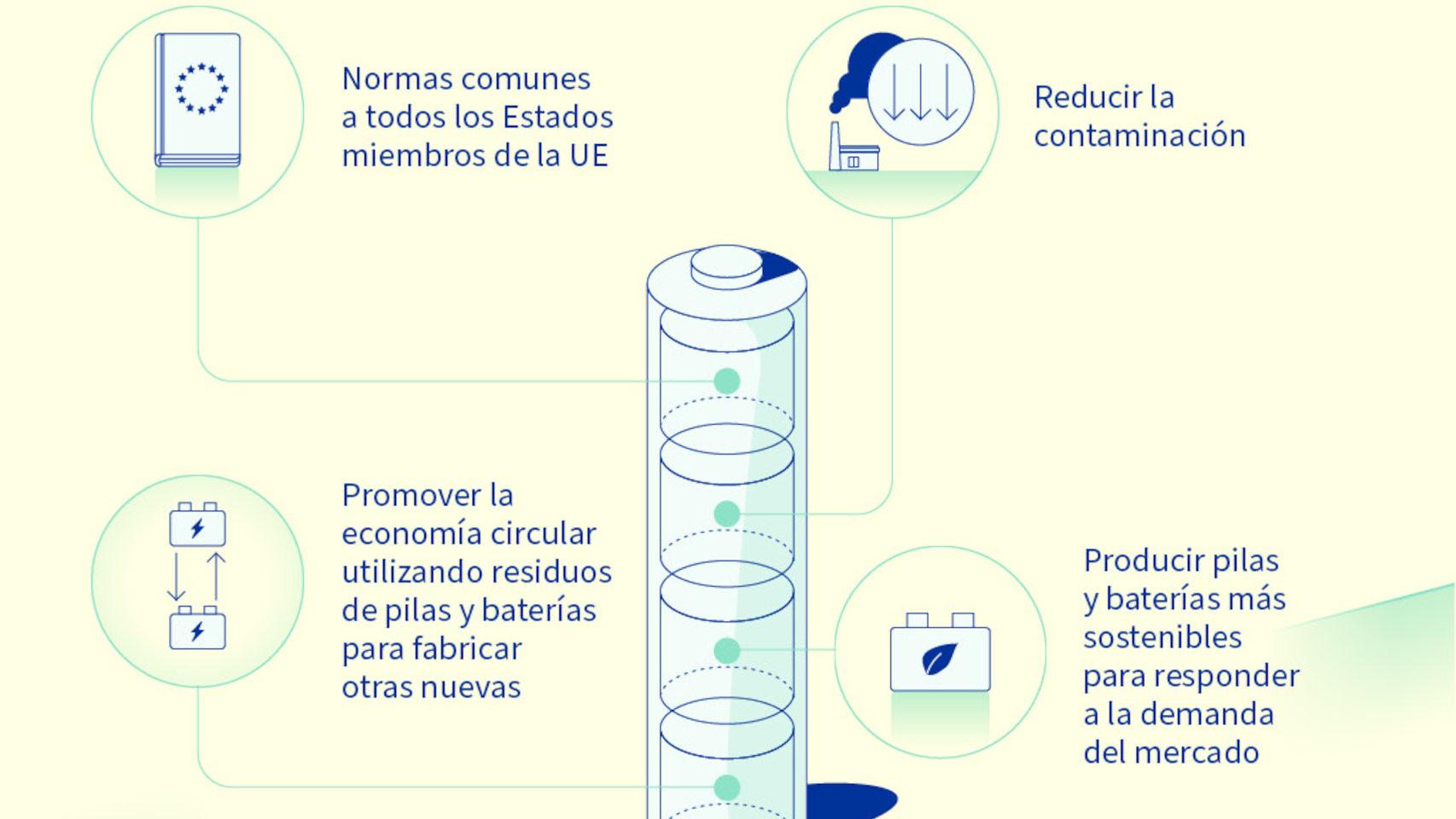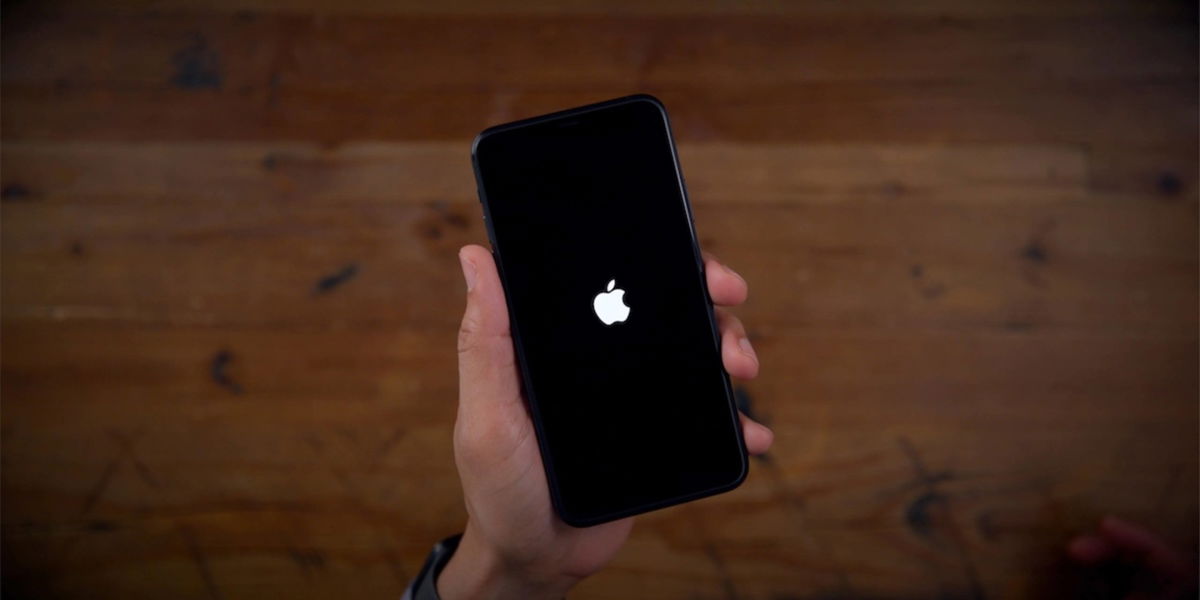The vast majority of modern smartphones have one thing in common: they are not designed to be opened. Under the pretext of innovations such as protection against water and dust, and safety for users, manufacturers have completely sealed their smartphones at the factory, preventing them from being opened without seriously damaging the device. It is because of this trend that today hardly anyone can change the battery of their mobile, preferring to buy a new one when they have problems.
The battery is one of the few components in a smartphone that deteriorates significantly over time and use; is the reason why, after a few years, we noticed how mobile doesn’t last as long as it used to
Before, the solution to this problem was simple: you just had to buy the same battery, open the back cover and change it with the old one; today this is out of reach for the vast majority of users, due to the design of smartphones.
EU takes a look at batteries
That’s about to change. A new regulation in preparation in the European Union will establish that the batteries incorporated in the devices must be removable and user replaceable; therefore, the consumer should not have to resort to the technical service of the manufacturer to change a battery as is the case today. The text speaks specifically of “the end user”, and indicates to manufacturers that they will have to adapt the design of their products to this requirement.
The new measure, if all goes as before, will come into force in 2027; therefore, manufacturers have about four years to begin designing devices that allow battery removal, unlike what is done today. But before that, the regulation sets other targets related to cells and batteries, including minimum levels of recycled content in the battery; 16% of the cobalt, 85% of the lead, 6% of the lithium and 6% of the nickel used in manufacturing will have to be recycled. The AU sets a recycling efficiency target of 80% by the end of 2025.
Objectives of the new EU Cells and Batteries Regulation
After being approved by the European Parliament on June 14, the European Council this week adopted the new regulation after a vote. The next stage consists of the signature of the text, both by the Council itself and by Parliament; Once this procedure is completed, it will be published in the Official Journal of the EU and will enter into force 20 days later.
The main motivation for this new regulation for cells and batteries is to reduce the environmental effects of these components. Teresa Ribera, Europe’s Minister for Ecological Transition, said that “the new rules will promote the competitiveness of European industry”while ensuring that “new cells and batteries are sustainable and contribute to the ecological transition”.
You may be interested
Follow the topics that interest you









